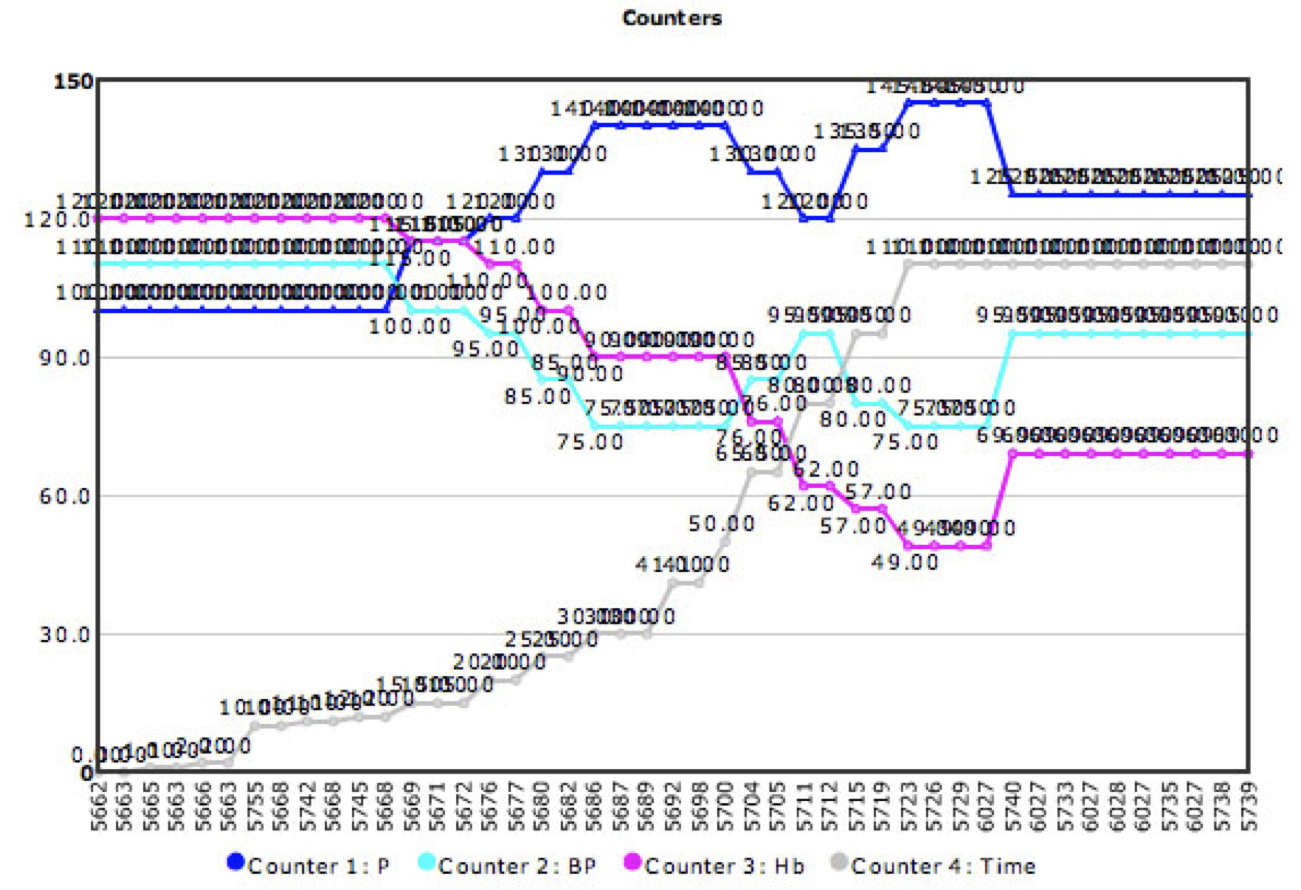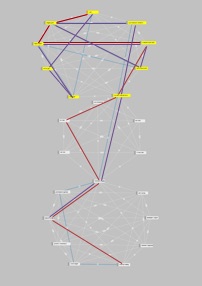Learning analyticsOpenLabyrinth is way more than just a means of serving up web pages. Every click, response and action in OpenLabyrinth is recorded onto the server, along with accurate timestamps.
This provides enormous power in learning analytics. We can track exactly what users do, where they go in the case, how long they took at each stage, and in doing so, with careful case design, you can tease out the reasoning of the learners. Until recently, while we were able to track learner activities in great deal within OpenLabyrinth, we could not extend this when they moved to other tools and platforms. Now we have incorporated xAPI into OpenLabyrinth, in a simple form. The most important aspect of this is the ability to objectively assess what the learner is actually doing, as they move across the various learning tools and resources incorporated into the scenario. The Experience API (xAPI) plays a key role in sending activity stream data to a Learning Record Store (LRS). In taking such an approach, OLab can then make use of powerful external analytic platforms, such as LearnSphere. For more on this, check out our note on xAPI and Learning Analytics.
While it has been commonly accepted that active learning, or "doing", is a better way to learn, it has been hard to show a causal link. Koedinger et al showed some strong evidence of this, using LearnSphere. |
Map: OpenLabyrinth Highlights for Education Researchers (651)
|
||
|
Review your pathway |



